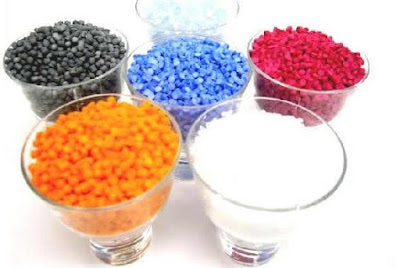There are many types of materials that may be used in the injection molding process. Most polymers may be used, including all thermoplastics, some thermosets, and some elastomers. When these materials are used in the injection molding process, their raw form is usually small pellets or a fine powder. Also, colorants may be added in the process to control the color of the final part. The selection of a material for creating injection molded parts is not solely based upon the desired characteristics of the final part. While each material has different properties that will affect the strength and function of the final part, these properties also dictate the parameters used in processing these materials. Each material requires a different set of processing parameters in the injection molding process, including the injection temperature, injection pressure, mold temperature, ejection temperature, and cycle time.
Materials : Acetal,Acrylic,Acrylonitrile Butadiene Styrene,Cellulose Acetate,Polyamide 6 (Nylon),Polyamide 6/6 (Nylon),Polyamide 11+12 (Nylon),Polycarbonate,Polyester - Thermoplastic,Polyether Sulphone,Polyetheretherketone,Polyetherimide,Polyethylene - Low Density,Polyethylene - High Density,Polyphenylene Oxide,PTFE,Polyphenylene Sulphide,Polypropylene,Polystyrene - General purpose,Polystyrene - High impact,Polyvinyl Chloride - Plasticised,Polyvinyl Chloride - Rigid,Styrene Acrylonitrile,Thermoplastic Elastomer/Rubber...

No comments:
Post a Comment